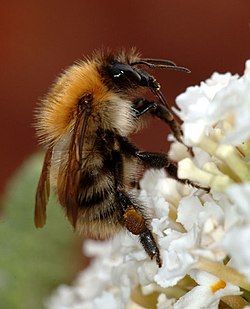Spillover zoonoses

Spillover is a common event; in fact, more than two-thirds of human viruses are zoonotic. [4] [5] Most spillover events result in self-limited cases with no further human-to-human transmission, as occurs, for example, with rabies, anthrax, histoplasmosis or hydatidosis. Other zoonotic pathogens are able to be transmitted by humans to produce secondary cases and even to establish limited chains of transmission. Some examples are the Ebola and Marburg filoviruses, the MERS and SARS coronaviruses and some avian flu viruses. Finally, some spillover events can result in the final adaptation of the microbe to humans, who can become a new stable reservoir, as occurred with the HIV virus resulting in the AIDS epidemic and with SARS-CoV-2 resulting in the COVID-19 pandemic. [5]
If the history of mutual adaptation is long enough, permanent host-microbe associations can be established resulting in co-evolution, and even permanent integration of the microbe genome with the human genome, as is the case of endogenous viruses. [6] The closer the two target host species are in phylogenetic terms, the easier it is for microbes to overcome the biological barrier to produce successful spillovers. [1] For this reason, other mammals are the main source of zoonotic agents for humans. For example, in the case of the Ebola virus, fruit bats are the hypothesized zoonotic agent. [7]
During the late 20th century, zoonotic spillover increased as the environmental impact of agriculture promoted increased land use and deforestation, changing wildlife habitat. As species shift their geographic range in response to climate change, the risk of zoonotic spillover is predicted to substantially increase, particularly in tropical regions that are experiencing rapid warming. [8] As forested areas of land are cleared for human use, there is increased proximity and interaction between wild animals and humans thereby increasing the potential for exposure. [9]
